Transport
One of the many treasures housed in the Asturias Railway Museum is the SANTA BARBARA locomotive. Its origins are to be found outside Asturias, specifically in Gipuzkoa, as it was built in 1907 by the German firm Arnold Jung for Compañía de las Minas de Hierro de Arditurri. This company built a railway from the exploitations that gave it its name to the Pasajes seaport, where the mineral was shipped.
The financial situation of its owner became complicated and, in 1911, the SANTA BARBARA was seized along with other assets belonging to the company. It seems that it was acquired at public auction by Fábrica de Mieres, which needed to reinforce its locomotive fleet, especially on the Baltasara line, which had a rather difficult profile.
The machine was especially suitable for this job: with three drive axles and a large boiler, it reached great power for a gauge of 750 millimetres. If we add to this its exterior frame and a peculiar S-profile cabin that adapted to the tunnels of the Gipuzkoa railway, the result is a truly unique model.
In Mieres, it kept its original name, which honoured the patron saint of miners, and was also given the number 12. Its performance was exceptional, which made it the favourite engine of the railwaymen who worked with it and it even led Fábrica de Mieres to order another identical model, named MARIANA.
This locomotive, which was given the number 111 around 1960, was in service on the Baltasara line and, later, also on the Polio line, towing coal trains. It was acquired by HUNOSA in 1967 and was withdrawn from service shortly afterwards with the arrival of diesel locomotives. It was set aside on the tracks of El Batán and from the very beginning many people demanded its preservation as one of the most representative engines of the old Fábrica de Mieres.
This condition guaranteed its survival as a monument, together with a coal wagon, albeit with significant deterioration. Restored in the 1990s by HUNOSA, it was finally loaned to the Railway Museum of Gijón, where it is currently on display.
PHOTO GALLERY

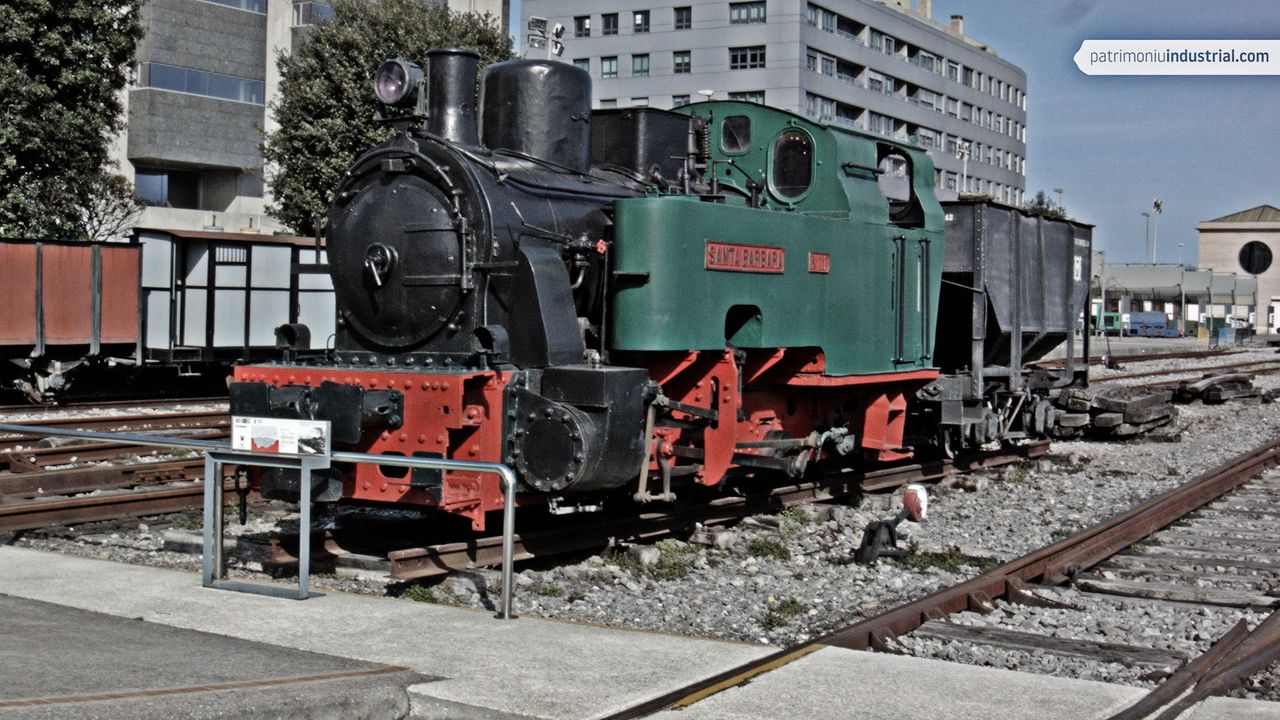
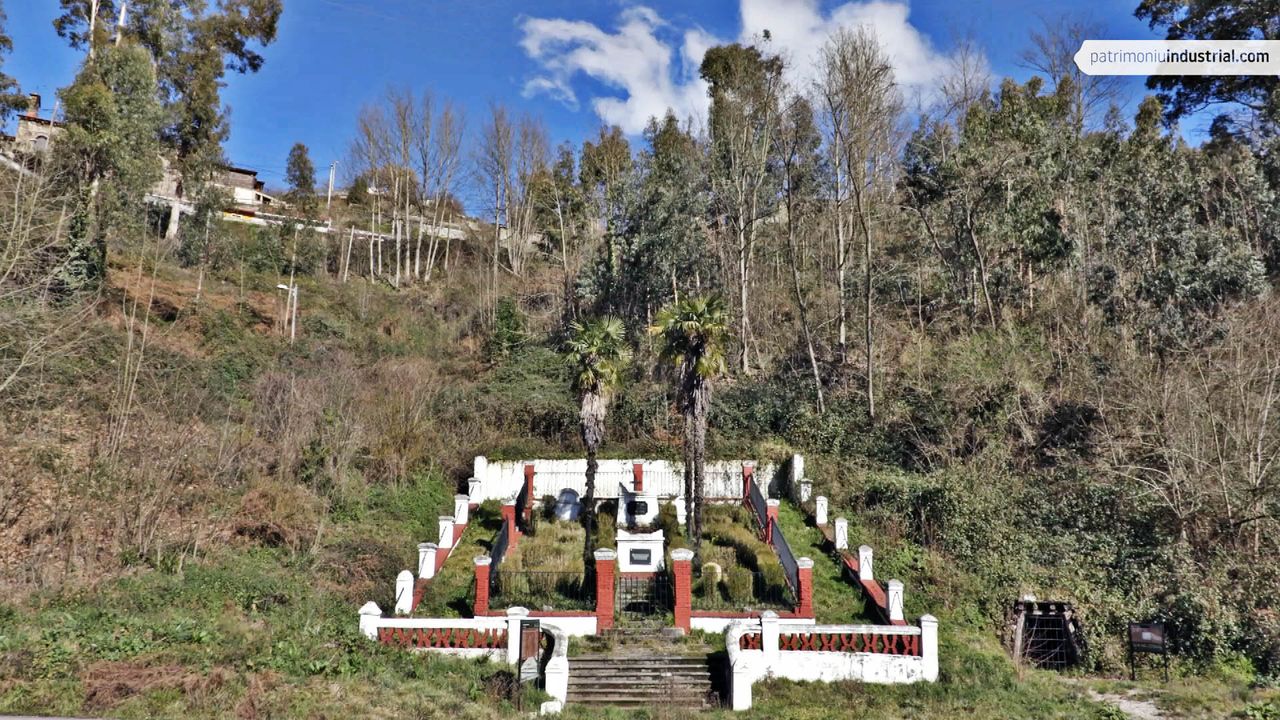
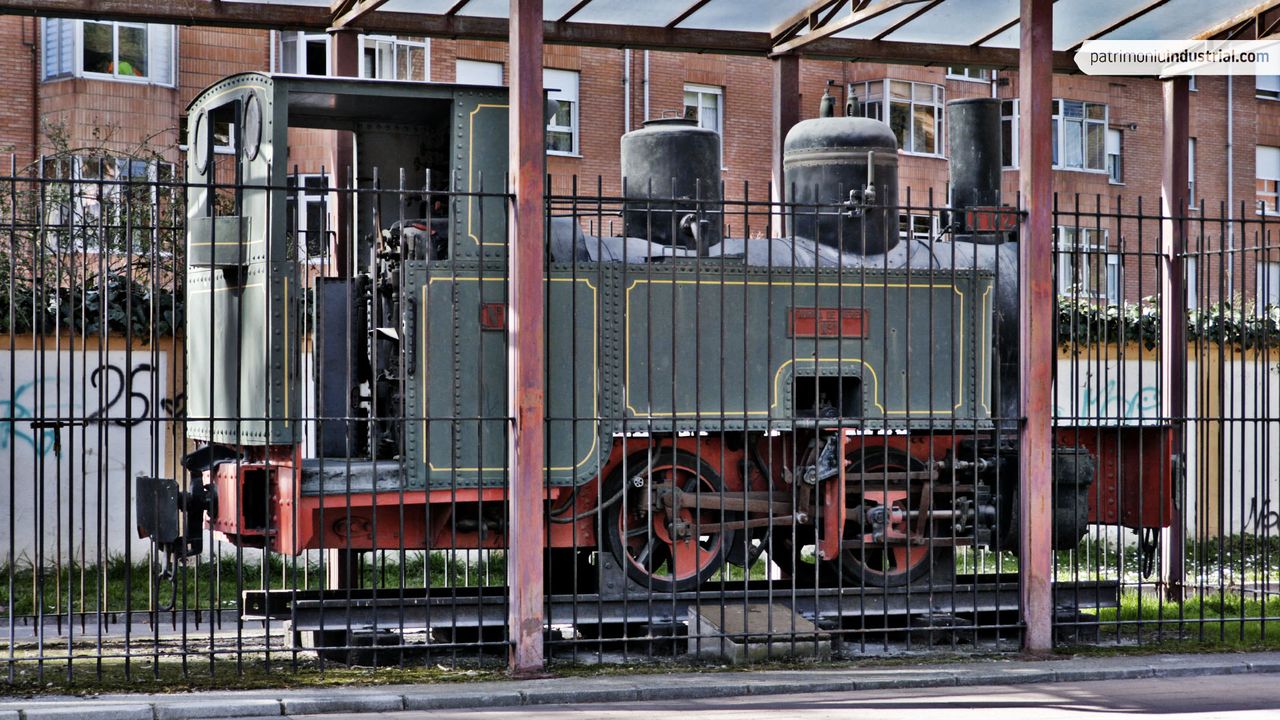
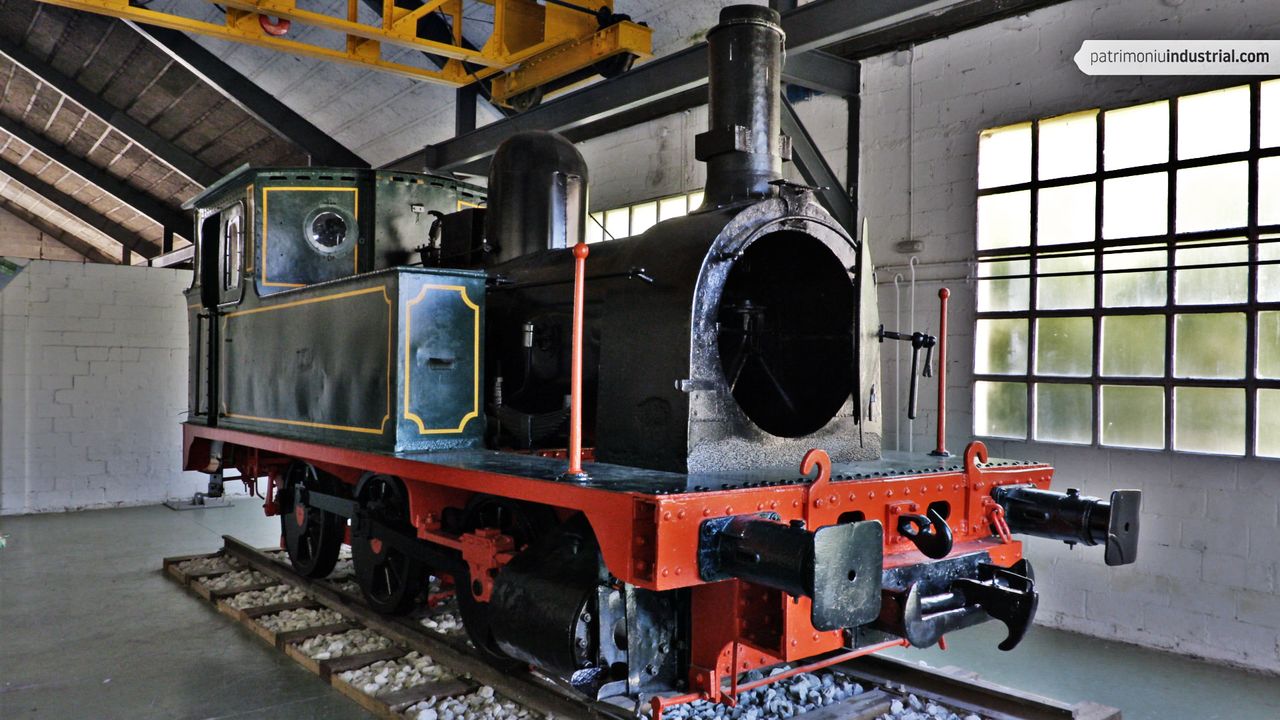

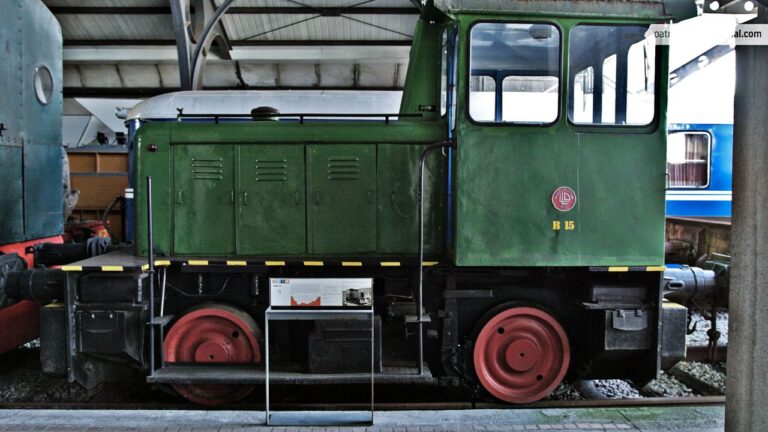
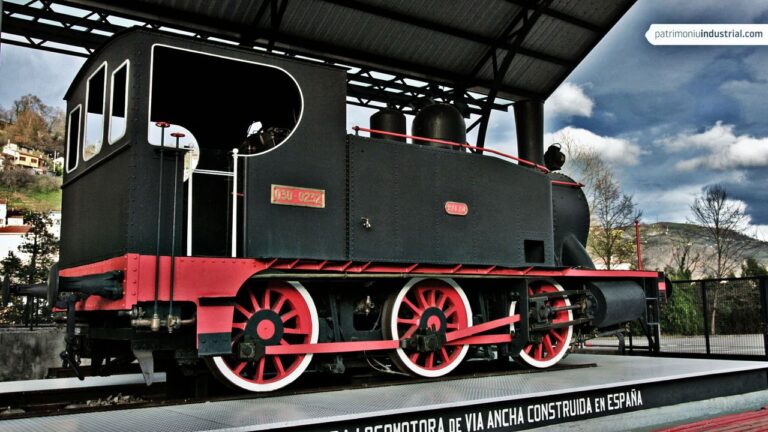
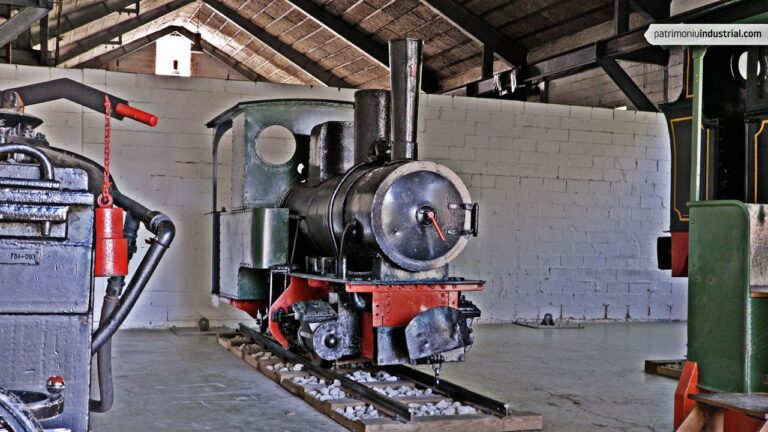

Recent Comments